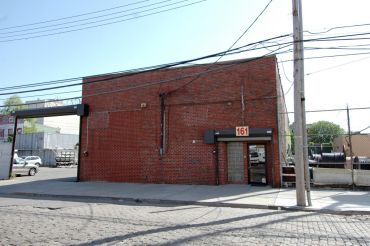DC Asking Rents Steady, But Owners Piling On the Incentives
By Larry Getlen September 29, 2020 8:31 am
reprints
Asking rents in the D.C. market have remained fairly consistent with pre-pandemic rates, while owners have felt the pain in the concessions.
In second quarter 2020, overall asking rents barely budged from the previous quarter, landing at $55.86 per square foot, while Class A rents dipped nominally 0.9 percent, to $59.89 a foot, according to Savills. Concessions, by contrast, are running deep, as Class A leases averaged $127 a foot in tenant improvement allowances and 17 months of free rent per lease, equalling $220 a foot in combined value, according to Savills. (Asking rents for trophy properties remain high, however, at over $80 a square foot, CBRE said.)
Part of this relative stability comes from the D.C. market’s unique properties.
“D.C. asking rents don’t rise and fall with the health of the economy the way other leading office markets do,” Devon Munos, Washington, D.C., research manager for Savills, said. “Concessions are a more revealing metric of D.C.’s base. So you see D.C. weakening in the increasing concessions we’re receiving. D.C. has record high concessions, and they just keep going up.”
To demonstrate the rapid increase, T.I. allowances jumped 11 percent from the previous quarter, while free rent was up 21 percent, according to JLL (JLL). The gap between asking rents and net effective rents then could represent a different view of the effects of COVID on office leasing.
“There’s a widening gap between landlords that don’t feel there’s a ton of evidence to justify dramatically dropping rents—especially for your typical-size user, somewhat under 10,000 square feet—and tenant reps that feel this is a moment where they need to be aggressive, and not leave any money on the table,” Nathan Edwards, Cushman & Wakefield’s senior research director for D.C., said.
Edwards said he also believes the gap between asking rents and net effective rents shows an effort by landlords to preserve asset value.
“The way companies market buildings for sale, you can kind of hide the concessions in the back end of the book, whereas the rent is right up front,” Edwards said. “It’s the first thing investors are looking at—what rent does this building achieve, and does that justify the price I’m paying for it? The user is thinking of it on a gross and net dollar basis, whereas the investor’s propping up that rent because you can market that as you come out of the cycle and market it for sale. It’s basically artificially propping up the price of the building.”
In the end, this approach can provide investors an edge when it comes time to sell—perhaps when COVID is in the rearview.
“They want those rents to remain as high as possible, and you can play with the numbers through the concession game in the near term, and that gets lost in the weeds in the out years as you’re marketing it for sale,” Edwards said. “That’s what I would attribute that to.”
Lawyers, Nonprofits and the Feds Dominate DC Leasing Lately
DC Sublease Volume Spikes—Not That There’s Anything Wrong With That


